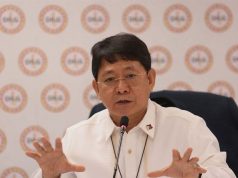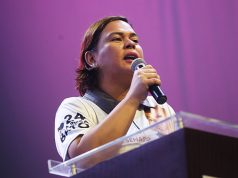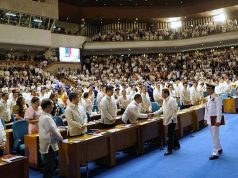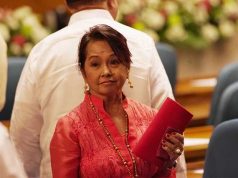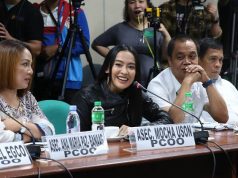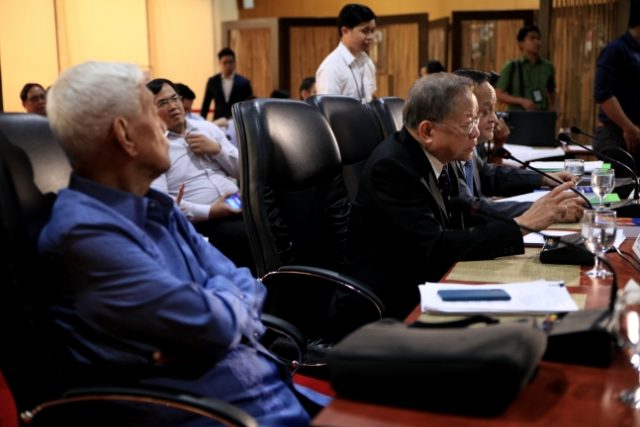
The Consultative Committee formed to craft what could be the Philippines’ new federal constitution has finally come up with an approved draft, and with no objection. Initial reports reveal a constitution that is almost alien compared to the one in use since 1987.
Some however have questioned why the draft was released so abruptly and without transparency.
What’s next?
The 22-member Consultative Committee formed by President Rodrigo Duterte has unanimously approved a draft of the envisioned federal charter.
Originally composed of just 19 members, the committee came up with the draft six months after Duterte started assigning members in January 2018.
Former Sen. Aquilino Pimentel Jr. was supposedly first to motion for the draft’s approval. Pimentel Jr. is the founder of the ruling PDP Laban party, whose members in office have called for the shift to a federal form of government.
The committee is chaired by former Supreme Court chief justice Reynato Puno.
Among its other members are San Beda Graduate School of Laaw Dean Fr. Ranhilo Aquino, former SC associate justices Eduardo Nachura and Bienvenido Reyes, former Tagbilaran City mayor and 1971 Constitutional Convention delegate Victor De La Serna, and political scientist and professor Julio Teehankee.
The draft is expected to be submitted to Duterte on July 9, in time for his third State of the Nation Address. Should he decide to endorse the draft, it will then be transmitted to Congress.
However, the proposals of the consultative committee will only have to be persuasive before Congress, with whom the power to propose amendments and revisions ultimately lies. Thus, acting on the envisioned changes will be the sole power of the legislature.
A number have questioned the lack of transparency in the formation of the draft charter.
It’s troubling that the Consultative Committee has voted to approve a draft constitution that has never been made public to the Filipino people before.
Why can’t we have a say on a document that will affect all of us? Why the lack in transparency?
— Paco Santiago (@fmrsantiago) July 3, 2018
Some have called for those in the legal profession to give clarity after some questioned the abruptness of the draft’s release.
The PH legal profession now has a moral obligation to fully explain all implications of the 'draft constitution' to the people. As the entity where sovereignty resides, the Filipino people have an absolute right to know exactly what they're getting into if this pushes through.
— Pao Celeridad (@celeridadpo) July 3, 2018
A Pulse Asia survey in early May 2018 revealed that 6 out of 10 Filipinos opposed charter change.
2019 is the target year for the plebiscite on the charter to be held.
What’s new?
Among the reported new features of the draft constitution are the introduction of 18 federated regions corresponding to the existing regions in the current charter.
These regions will also have the power to impose taxes, a power which it will concurrently wield with the national government.
The regions will be headed by a regional director and a deputy director, who will be chosen by the regional legislative assembly, previous reports say.
Regional legislative assemblies will be composed of representatives from the provinces, highly-urbanized cities, and the political parties.
The elevation of the Commission on Human Rights as a constitutional commission and the inclusion of socio-economic and environmental rights into the Bill of Rights are also included in the draft.
Provisions on banning political dynasties, proscribing switching political parties, and strengthening political parties have similarly been included.
The language of certain provisions been altered so as to emphasize the state’s opposition to regional secession, giving the president sweeping power to prevent any attempt at secession.
Puno, chair of the committee, had in previous months advocated the introduction of the ban against political dynasties.
Though a number of administration critics are wary that the proposed constitution may only have been written to serve the purpose of those in power, some in the legal profession choose to call for sobriety and vigilance over fearful speculation. — With reports from Jasmine Salanga
Please note though that this draft is a proposal, still subject to the mechanisms for amending the Consti per the 1987 Consti provisions. Let’s be wary though of the possible conditioning done to the public that this is as good as final. We will ultimately vote in a plebiscite.
— ross (@rosselle) July 3, 2018




